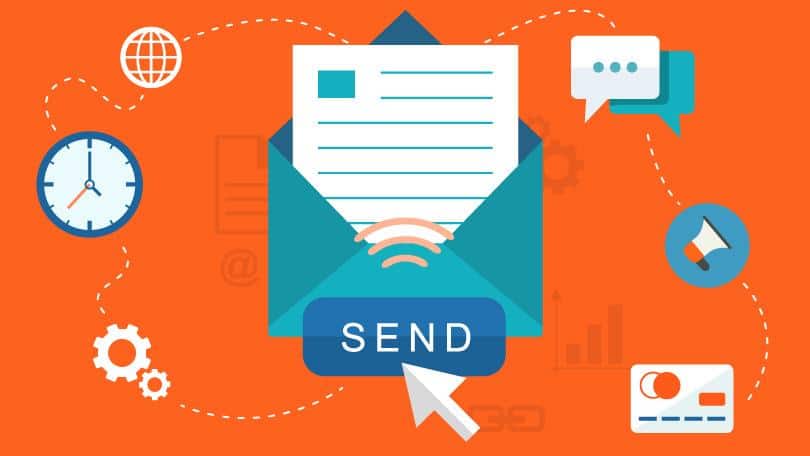According to the Blogging Wizard TikTok has over 1 billion active users per month, making it one of the most popular social media platforms on the planet. Many users like TikTok because it is easy to use and one can easily go viral using this platform.
One of the main reasons why TikTok is popular among small businesses is because it the ability to reach more people compared to other social networks. In TikTok there is a “For You page”. It is a never-ending suggestion of content that mixes in TIkTok videos of people you don’t follow. This means that there is a high chance of potential customers finding your videos without having to go to your profile.
A recent study found that 15% of all adults and 36% of Gen Z have made purchases based on TikTok. This means that if you sell hair products, TikTok will make sure that your videos are seen by hair enthusiasts in order to keep people on the app for as long as possible.
This unique way of being discovered has made many small businesses go viral overnight. This is why many small businesses are leveraging TikTok and are producing tons of content in the hopes of being seen by potential customers.
Now that we know why you should be on TikTok, here are new ideas to boost brand awareness in 2023.
Find a Trend
If you don’t know what to post, TikTok is full of ideas, challenges and memes that you can do. The best part is that it is very easy to find what’s trending on the platform. Simply scroll through the app to see what other people are doing.
Interact with Customers
There is a TikTok tool called Duets that lets you someone else’s video on your own video. This is a fun way to interact with your customers. For example, you can pull up their video of unboxing your product and you can react to it. The same is true with customer reviews. You can encourage unboxing and reviews by offering your customers discount codes.
Another great way to create content and interact at the same time is to make a video reply of their comment. You can say thank you to a compliment or simply respond to a question posted.
Get to Know Your Employees
This is another trendy easy way to get lots of views on TikTok. Customers are naturally curious and would like to learn more about the people behind the scenes. Interviewing employees while they work or adds a human element.
This is also more refreshing compared to an endless stream of products from you.

New Product Launches
Build hype for your new product by teasing them on TikTok. This will get customers excited to buy your product.
This is a great way to show your audience what makes your products unique and build demand for them. You can also talk about how you’re responding to what your customers want. Best of all, you could even post these in a countdown series coming up to launch day, building excitement.
Demo How Your Products Are Used
One of the best ways to show how your product is used is by demonstrating its use in real life. If you want people to see how they can get value from using your product, then make sure that you show them how they can use it in different situations and locations. Perhaps a girl is using her phone while she’s sitting at home on the couch, or maybe someone else is walking through the city with their earbuds plugged in and listening to music.
If possible, show people how your products work under different conditions example: if you’re selling headphones for runners or cyclists show them using the product under the rain. If it is make-up show that they are water resistant.
Share Small Business Advice
TikTok users love advice and since you’re a small business owner, sharing small business advice is a great way to interact with customers and for them to get to know you. Sharing your experience is personal and shows that there is a human element behind the business.
Best of all, it shows credibility and authority. Your advice and experience will show customers that you are the real deal when you show your knowledge of the industry you are working in.
Pack an Order
Show your customers how you pack your products. You can show them the packaging materials and the tools you use, or share tips on how to ship their orders with care. It is also a great way to show them what to expect when their orders arrive especially when you include small freebies, include special notes or use unique packaging.
There are even customers who request a video of their order being prepared and packed. Just make sure not to show personal details when you grant this request.
Bottom Line
They key to going viral and gaining more followers on TikTok is authenticity. TikTok users don’t just want to be sold products, they want to be educated, entertained and inspired by a real person.
If you’re a small business owner, TikTok is a great way to reach a bigger audience. Aside from considering our advice, just remember to be consistent and to be authentic to your audience. TikTok is very easy to use and trends are easy to spot. Starting with this small step can help you grow viral and grow your sales exponentially.
The post <strong>TikTok Ideas to Boost Brand Awareness in 2023</strong> appeared first on Creativ Digital.
from Creativ Digital https://ift.tt/YVsuyH7








